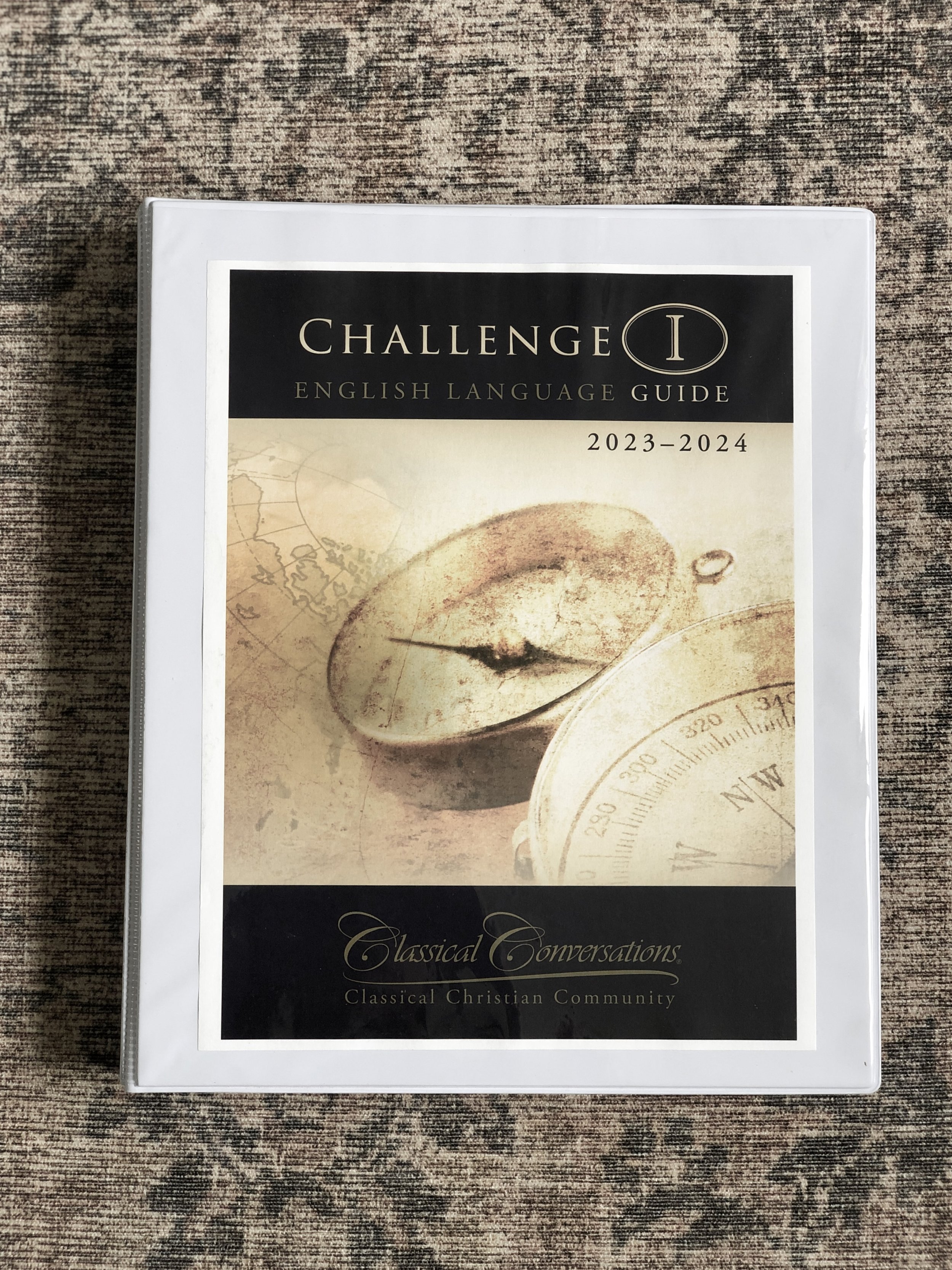october Family reads:
Adventures of Tom Sawyer by Mark Twain
Through Gates of Splendor by Elisabeth Elliot
In the Northern Hemisphere, deciduous trees, shrubs, and vines shed their not-so-evergreen leaves to a spectrum of flaming reds, fiery oranges, and striking yellows as the transition out of summer is orchestrated by the stunning autumn equinox. The tradition of foraging the canyons for fall foliage, pine cones, and holly berries with my daughters will be a lovely memory living in California! In the tropics, we don’t feel a dramatic seasonal shift. Yet, I still welcome all the autumn/winter crafts and warmer hues to spruce up our home. Suppose I can find an off-the-beaten-path around our town dotted with pines and rainbow eucalyptus trees; I’ll be able to gather eucalyptus branches to fill my vessels with the invigorating scent that will indeed stimulate our senses indoors and continue our foraging traditions!
09/29 — Playful Pioneers II, September gathering. Northshore, O’ahu.
Our home becomes an atelier of handmade clothing and goods within the months preceding December. In the last week of September, I dusted off my sewing machine after a year-long hiatus after moving overseas to make Indian costumes for our first Playful Pioneers II gathering with our homeschool co-op at my friend Corinne’s charming home. Costumes are often sewn with fabric scraps and anything we can pull out of our closets or thrift from second-hand shops to hack at. Unless we need specific materials, I’ll run to the store—which I did for a couple yards of brown faux suede this time. It always takes just one sitting at the machine to bring me back to the art of slow design. At the pioneer party, the girls and their new friend, Hana, were dressed as Indians, while the rest of the children dressed as darling colonial girls. They all took turns around the table to share something they’d been learning and feasted on a delicious spread of recipes each family made from the Playful Pioneer cookbook. At the end of it all, they decoupaged pumpkins with fall-themed napkins and pressed flowers.
This really deserves its own blog post!
It’s hard to believe that we are coming up on one year—November 4th— of living in Hawai’i! Our potager (kitchen garden) is filling out with perennial herbs that were started from tiny seedlings— sage, lavender, rosemary, oregano, mint, lemon balm, basil, and thyme— keeping the bed full of life as the summer annuals push through. The garlic chives are flowering pops of white scapes, the plumeria tree is in late bloom, white strawberry blossoms have appeared, and the kale and rainbow chard might be good for picking soon. All the late summer/fall vegetable seeds germinated quickly; the next task is amending the soil where they will be transplanted.
This fall, I’ve extended the flower garden to the side of our house, which receives even less sunlight than our garden beds. Ema’s colorful Impatiens have grown three times bigger after a few weeks planted in the ground. Again, we are combating gastropods, which arrived with the rain last week. Spencer goes out in the evening with a flashlight to kill off the population while Leia and I follow behind, sprinkling crushed eggshells around each plant. A white wintery wonderland of Diatomaceous Earth also covers the garden beds from insects, having a feast at my dahlias and kale. I plan to coil more copper rods— an ancient agricultural technique called “electroculture,” I learned from my friend Naomi!
09/15 — Nature study with our Charlotte Mason nature group at the Wahiawã Botanical Garden.
On the third week of October, we were on a break with our Classical Conversations co-op, which gave us time to catch our breath, especially with my Challenge student. On our CC day, we went on a late morning 2.5-mile hike along the Waimano Ridge trail. My hopes were high that we would end with a cool dip in the stream after taking the upper route through the caves in 97-degree weather— thankfully, the trail is mostly shaded. We were shocked to see the stream completely dry! So we sat on the rocks, ate snacks, and rested before we trekked back to our car. I’m glad to say we’ve hiked many trails on this island over this past year, some with our homeschool community and some with our family!
I will elaborate more on what we have been studying in CC and with our Playful Pioneers II curriculum in the following posts! We’ve been reading about East Coast states individually—each of us creating a two-page spread of a state we’ve chosen. It was a spontaneous idea that began with a large stack of unused scrapbook paper in my mom’s closet. By the end of the year, we will bind it together with string to make our United States road map family notebook! We are slowly reading through “Adventures of Tom Sawyer” by Mark Twain alongside this significant effort. This classic tale’s language can be vulgar, so sometimes I skip the dialogue or paraphrase what is happening. I replaced a couple of the books on the Playful Pioneers reading list only because the recommended books were not at our local library—probably because other homeschoolers on the North Shore are borrowing the same books! Eventually, we will read “The Cabin Faced West” and “Why Don’t You Get a Horse, Sam Adams?” by Jean Fritz, or I may pick up “Adventures of Huckleberry Finn” and go on a binge-read of Twain’s classics. Evie is reading “Through Gates of Splendor” by Elisabeth Elliot and dedicating many hours to work on her debate strands for CC. More on that later!
Have a beautiful harvest season!





























